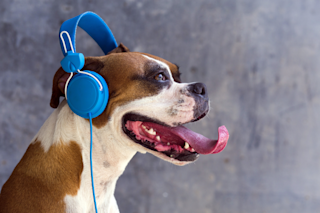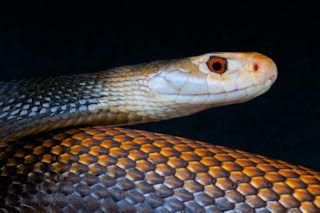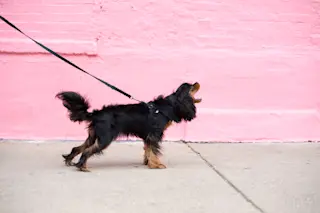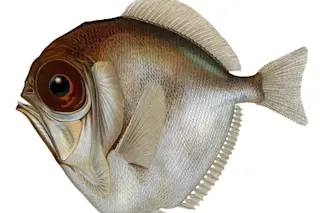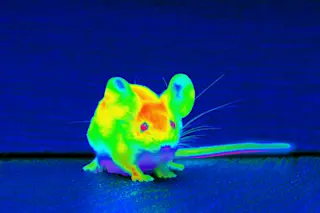We humans may love to accessorize our pets with colored dishes, collars and toys, but the received wisdom is that dogs probably don't care. In earlier tests of color vision, scientists reported that color just wasn't that crucial to dogs in their daily activities. However dogs have two types of cone photoreceptors in their retinas, meaning that they have about as much color vision as a color-blind human. And new research finds that they regularly rely on color cues. With their two cone types dogs can see blues, greens and yellows, but not any reds and oranges. It has been thought that dogs rely more on brightness than color to differentiate objects. Now a Russian research team has found, in a study of eight previously untrained dogs, that the animals overwhelmingly preferred using color as a cue rather than brightness. The team, led by Anna Kasparson of the Russian Academy ...
Dogs See the World in Living Color
Discover how dogs color vision impacts their perception and choices, revealing they prefer color cues over brightness.
More on Discover
Stay Curious
SubscribeTo The Magazine
Save up to 40% off the cover price when you subscribe to Discover magazine.
Subscribe



